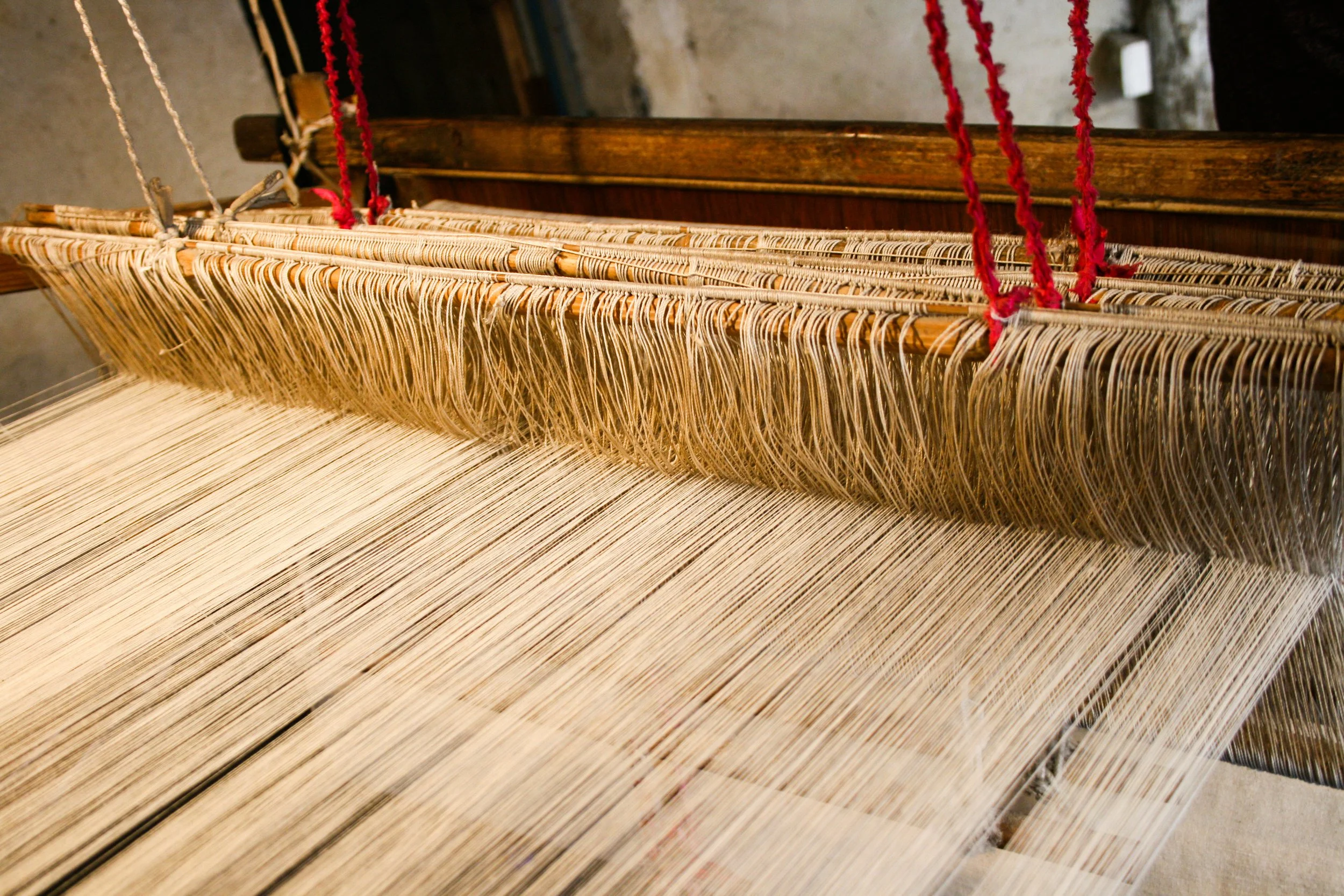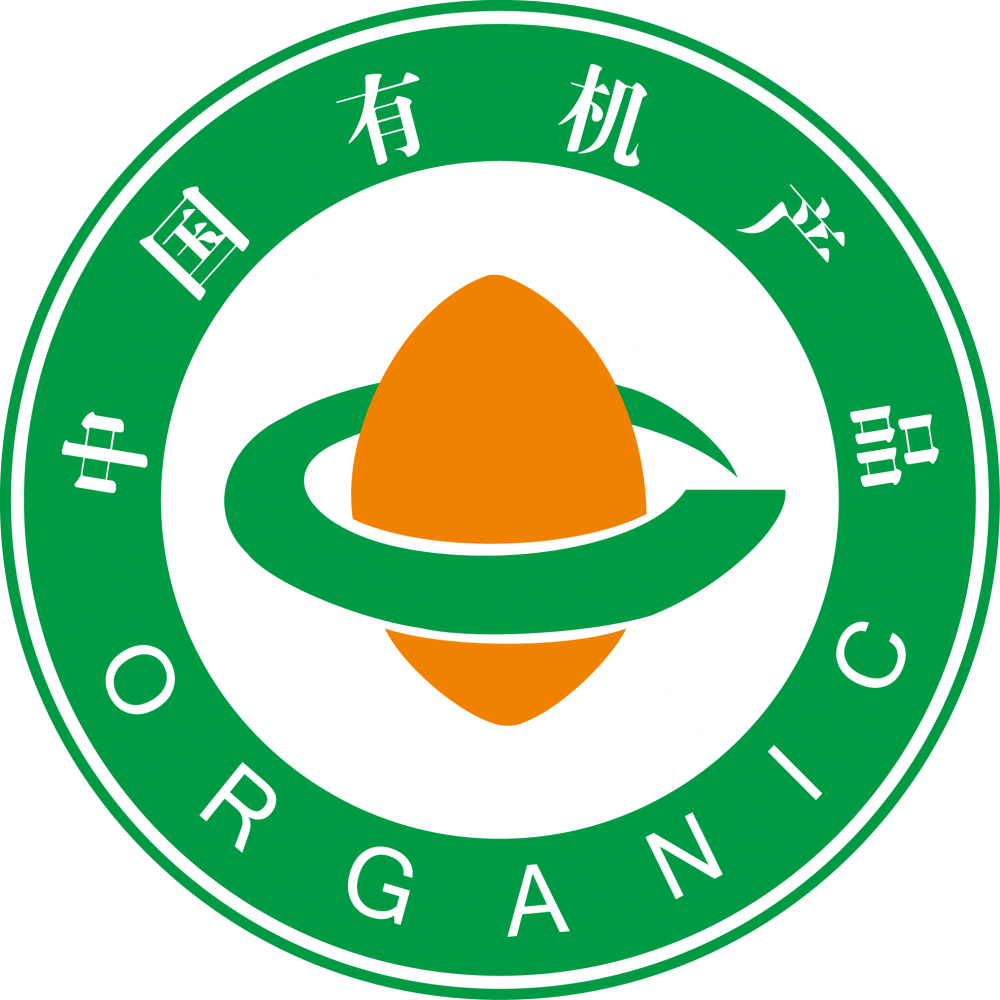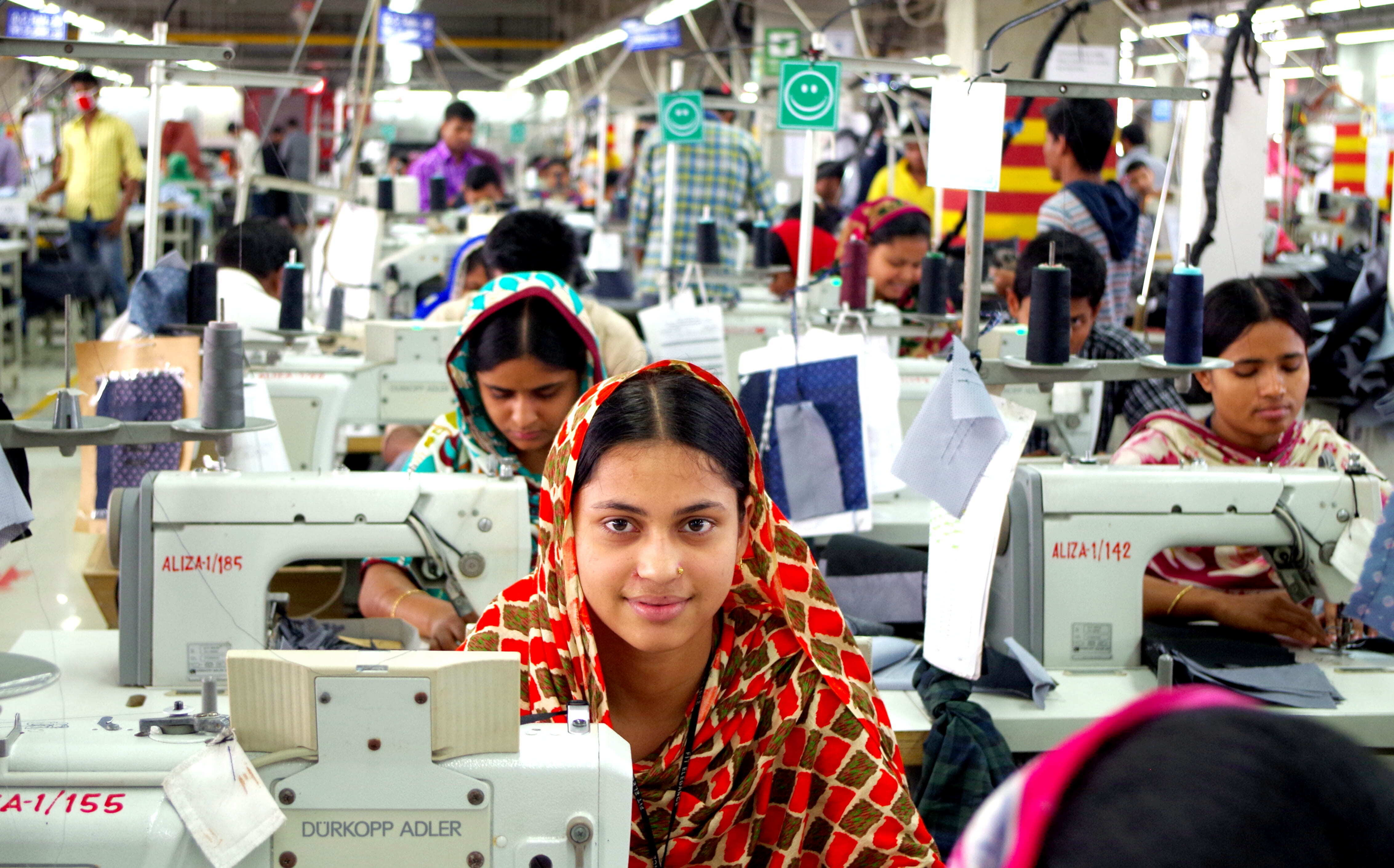Certification standards in fashion: the Chinese market
Aug 05, 2021
China still lacks a unified system to ensure the circulation of green products and transparency over the whole supply chain. But several steps are being made.
China has been the world’s largest textile and apparel producer and exporter for more than a decade. In 2018 the constant growth boomed after the year 2000 led the country to the point of being accountable for more than half of textile and clothing production and more than 30% of apparel export on a global scale.
These numbers alone would be enough to remind us how necessary is to include China within any systemic effort made to push the transition of the fashion industry toward sustainability.
The good news is that, even though until a few years ago this topic was not on top of consumers’ minds as much as it was happening in Europe, this trend is u-turning and the Chinese market is witnessing a rise in sustainability expectations on the part of local consumers. And like all things in China, it is moving fast.
One of the main reasons is the growing awareness of a specific segment, Chinese millennial consumers, whose strong buying power made the benchmark target for the apparel industry.
This is why the Between Conscious Program was launched to intercept the growing will to go green of local brands with Between expertise to set up a business and find the best employees to make the transition be successful.
As described in the previous article, certifications are the best way for a brand to satisfy consumers’ desire to know “how this product was made”, and to call which initiative is just greenwashing, and which is instead legit.
The certification labels we listed are valid on a global scale. It is not easy for brands to get certified: certification can be pending for long, they can be expansive, and the pandemic inevitably slowed down the inspection process.
These are only a few of the reasons why it can be harder to get your company certified as sustainable in China. This does not mean that there is no way for a China-based company to assess that its products are eco-sustainable.
Even though there is not a unified system to ensure the circulation of green products and transparency over the whole supply chain, yet, several steps are being made in that direction.
In June 2021 the CCA (China Cotton Association) announced, during their international conference, the official launch of the CCSD (Cotton China Sustainable Development Program), an initiative to build locally standards and certification systems that ensure high quality and sustainable development for the industry.
It would not be a surprise to see more and more new certification systems Made in China for the fashion industry and its supply chain. At the moment, though, all narrow down to one main label that applies to most products.
中国有机产品认证(GB19630 1-4-2005)
According to China’s regulations, to be called organic, any product sold in the Chinese market needs to be certified by an authorised agency. The process is supervised by the China National Certification and Accreditation Administration (CNCA).
This certificate is not industry-specific: it can be, in fact, applied to food as much as it can be applied to any product coming from agricultural production systems like natural fibres are.
To get certified products must:
-Come from organic agriculture
-Follow strict requirements for processing, packaging, storage and transportation
-Be fully traceable from harvest to retail record
-Get through the review from an independent certification body

















